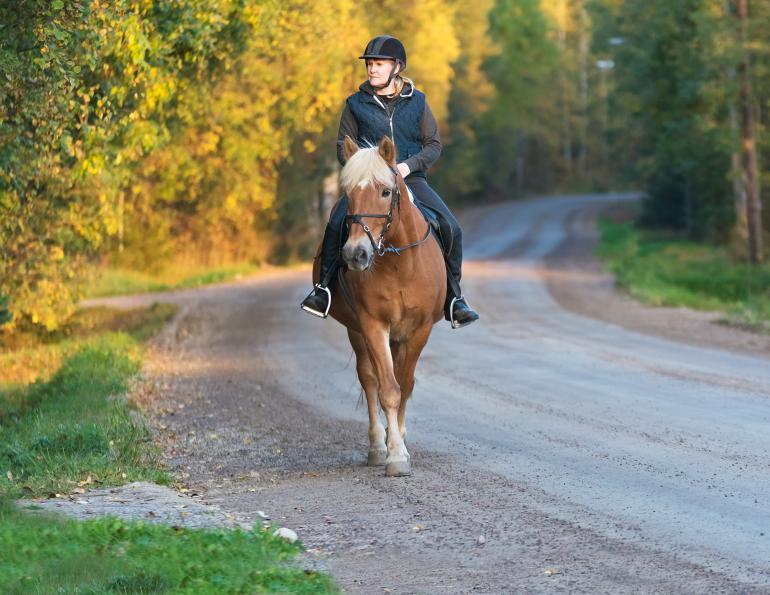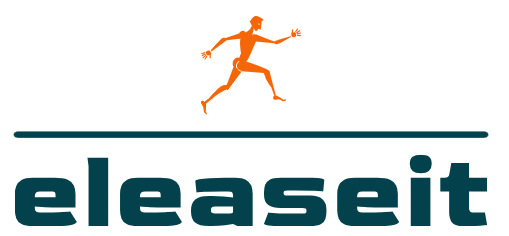
Ride Secure: Equestrian Riding Safety Essentials
Equestrian riding is a thrilling and rewarding activity, but safety should always be the top priority. In this guide, we’ll explore key Equestrian Riding Safety essentials to ensure both riders and horses enjoy a secure and enjoyable experience.
Appropriate Riding Gear: The Foundation of Safety
Wearing the right gear is fundamental to Equestrian Riding Safety. A well-fitted helmet is non-negotiable and should be worn at all times when mounted. Additionally, sturdy riding boots with a heel, gloves, and appropriate clothing provide protection and enhance control while riding.
Secure Tack and Equipment: Check Before You Ride
Before mounting, thorough checks of the tack and equipment are crucial for Equestrian Riding Safety. Ensure the bridle, reins, girth, and saddle are correctly fitted and in good condition. Regular inspections prevent equipment failures that could compromise the rider’s control and the horse’s comfort.
Know Your Horse: Understanding Their Behavior
Understanding your horse’s behavior is paramount for Equestrian Riding Safety. Spend time observing and bonding with your horse on the ground to build trust. Knowledge of their temperament, reactions, and cues contributes to a safer riding experience.
Proper Training and Skill Development: Invest in Education
Investing in proper training is a key aspect of Equestrian Riding Safety. Riders should undergo lessons with qualified instructors to develop essential riding skills, balance, and communication techniques. Continuous education enhances rider competence and minimizes the risk of accidents.
Safe Riding Environments: Choose Wisely
Selecting safe riding environments significantly contributes to Equestrian Riding Safety. Opt for well-maintained arenas, trails, or designated riding areas. Be aware of potential hazards, such as uneven terrain or obstacles, and choose routes that match the rider’s skill level.
Communication with Other Riders: Establish Clear Signals
Clear communication with other riders is crucial for Equestrian Riding Safety, especially in group settings. Establish and adhere to signals and commands to prevent misunderstandings. Maintaining proper spacing and awareness of others on the trail or in the arena enhances overall safety.
Emergency Preparedness: Plan for the Unexpected
No matter how experienced the rider, Equestrian Riding Safety includes being prepared for unexpected situations. Carry a fully charged phone, inform someone of your riding plans, and know basic first aid. Familiarize yourself with emergency procedures and have a plan in place.
Regular Health Checks: Monitor Your Horse’s Well-being
Monitoring your horse’s health is integral to Equestrian Riding Safety. Regular veterinary check-ups, dental care, and attention to any signs of discomfort or lameness ensure your horse is physically fit for riding. A healthy horse is a safer riding partner.
Weather Considerations: Adapt to Conditions
Equestrian Riding Safety extends to weather considerations. Be mindful of extreme weather conditions such as storms, high winds, or intense heat. Adapt your riding plans accordingly to ensure the well-being and comfort of both you and your horse.
Continuous Learning and Adaptation: Stay Informed
Equestrian Riding Safety is an ongoing commitment to learning and adaptation. Stay informed about the latest safety guidelines, advancements in equipment, and changes in riding environments. A proactive approach to safety contributes to a long and enjoyable riding experience.
Incorporating these Equestrian Riding Safety essentials creates a foundation for a secure and enjoyable riding experience. To explore more insights on Equestrian Riding Safety, visit Eleaseit.com for additional resources and guidance. Ride secure and savor the joy of equestrian activities with confidence.

